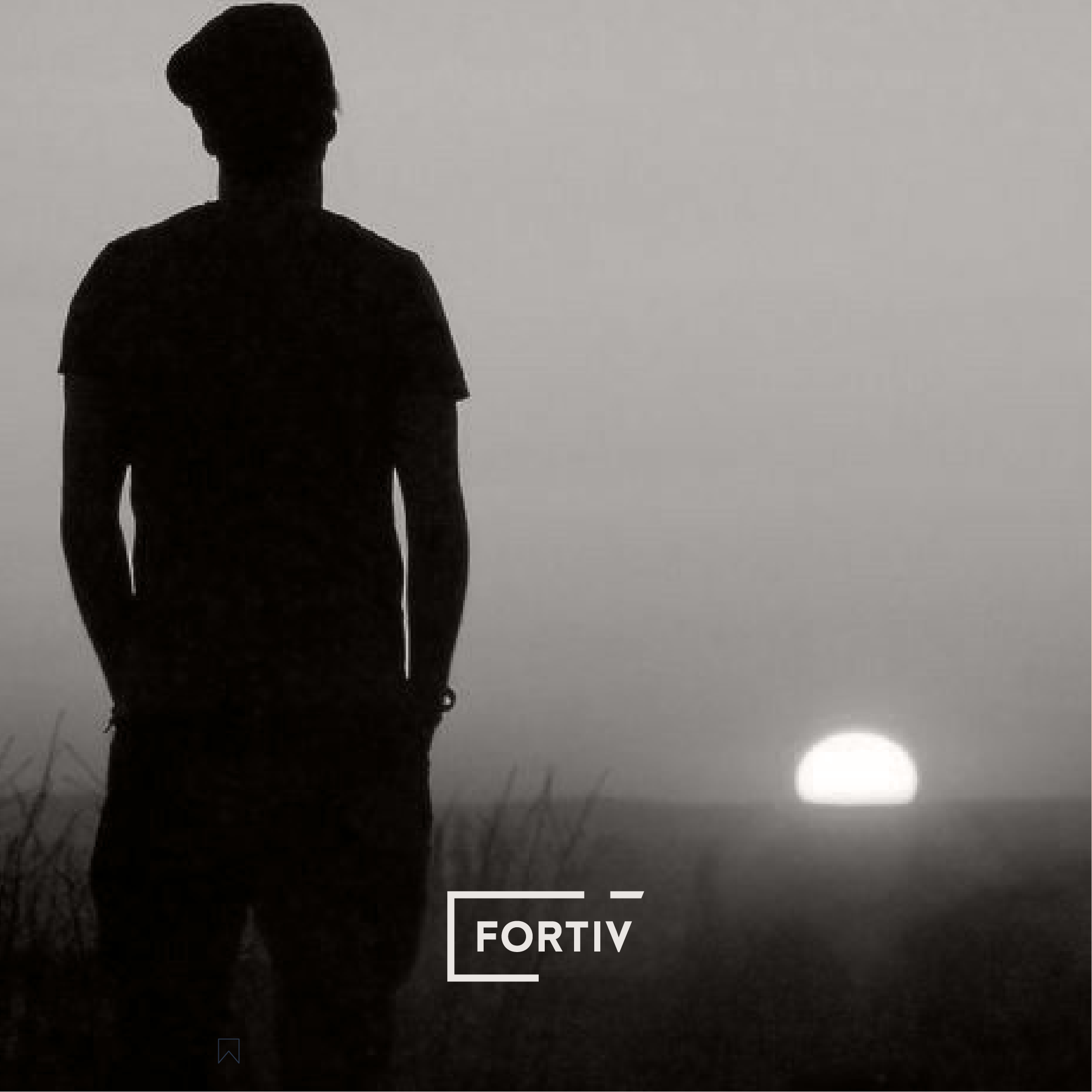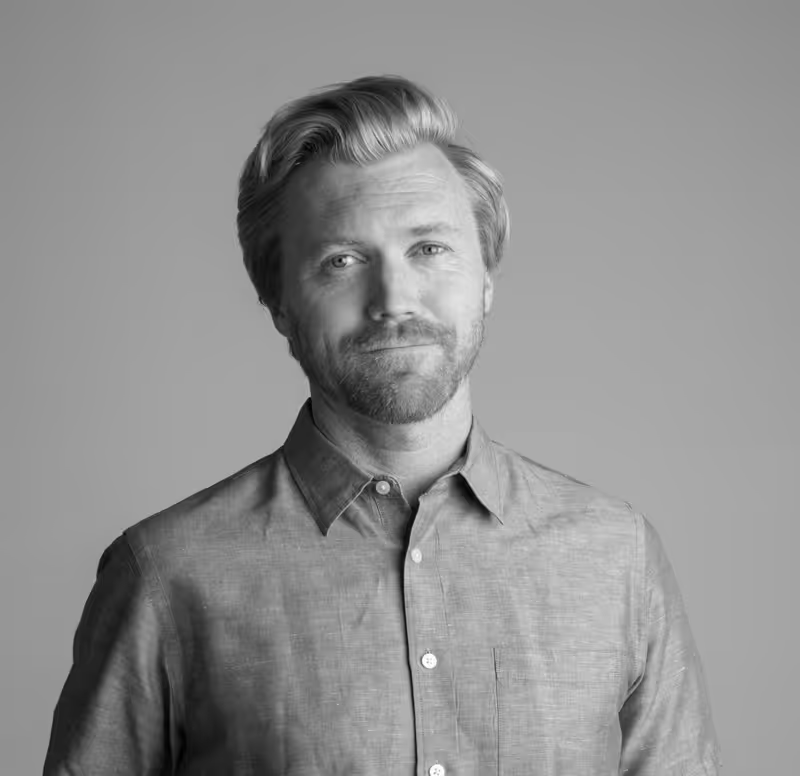Discover the significance of strategic thinking about performance
The Hidden Costs of Fear-Based Leadership and How to Break Free

Most leaders don’t resonate with the phrase “leading from fear.” You probably wouldn’t describe yourself that way either. You’re decisive. Driven. Resilient. You do hard things.
The Hidden Costs of Fear-Based Leadership and How to Break Free
Most leaders don’t resonate with the phrase “leading from fear.”
You probably wouldn’t describe yourself that way either. You’re decisive. Driven. Resilient. You do hard things.
But fear is sneaky. It rarely announces itself as panic or cowardice. It hides inside urgency, control, performance, and image management. It stands for “excellence,” “high standards,” “protecting the brand,” and then quietly taxes your judgment, relationships, and soul.
In this blog I want to name that hidden cost, show you the most common entry points where fear slips into leadership, and offer a path out toward strength, courage, and identity-rooted leadership.
As author Jamie Winship teaches, every moment we’re operating from one of two sources: fear or love. Fear shrinks, protects, and performs. Love tells the truth, allows you to see beyond yourself, and frees you to create again. Your results and your life flow from whichever source you choose.
To illustrate, I was recently on a phone call with a partner in a 3-year project we have been working on, and the concern was that we would not be able to get affordable insurance once the project was completed. As I asked clarifying questions, I experienced my partner as gruff, short, and operating out of the worst-case scenario. My questions seemed to annoy him, and at one point were perceived as an attack on his efforts to contribute to the project. I felt exposed, inadequate, and frustrated. After the call I sat wondering what had gotten into him… and what had gotten into me. Why was that so difficult, and why was I now afraid? My guess… fear was running the show.
What Fear-Based Leadership Actually Looks Like
If “fear-based leadership” doesn’t land for you, try seeing it from these perspectives. Fear tends to wear one (or more) of these masks:
- Hurry: Chronic urgency masquerading as importance. Everything is a fire, so nothing gets real attention.
- Control: You need to be in every decision. Delegation is rare, and when you do delegate, you hover.
- Image Management: You defend optics more than outcomes. Apologies are rare; explanations are plentiful.
- Perfectionism: No release is ever “ready.” Progress stalls behind polishing.
- People-Pleasing: You avoid hard conversations. You manage harmony more than health.
- Cynicism: You call it “realism,” but it’s actually self-protection from disappointment.
- Comparison: Your energy tracks competitors more than customers.
- Isolation: You carry it all alone. Vulnerability feels like a risk you can’t afford.
- Binary Thinking: Every issue is win/lose, strong/weak, loyal/disloyal, so creativity dies.
- Offense/Defensiveness: Feedback feels like an attack, so you either avoid it or punish it.
If two or more of these feel uncomfortably familiar, fear is already in your leadership system even if it looks “excellent” on the surface.
The Costs of Leading from Fear
Fear doesn’t just make you feel tense; it lowers the ceiling on what’s possible.
1) Strategic Costs
- Short-termism: Fear optimizes for immediate certainty overlong-term value.
- Shallow Learning: Teams avoid surfacing bad news. Data is curated to please. You steer with incomplete information.
- Mediocre Innovation: Risk aversion kills exploration. You ship “safe” work and lose what’s next.
2) Cultural Costs
- Low Trust, Low Truth: People say what is safe, not what is real. You get silence in meetings and surprises after.
- Talent Drain: High performers won’t stay where they can’t tell the truth or own their work. Replacing them costs more than you think.
- Fragile Accountability: When fear drives, accountability becomes punishment instead of ownership. People hide, spin, and deflect.
3) Relational Costs
- Thin Relationships: Leaders become roles, not people.Collaboration turns transactional.
- Conflict Debt: Avoided conversations pile up interest. When issues finally surface, they explode.
- Family Splash Zone: The pressure you don’t metabolize at work bleeds into your home.
4) Personal & Spiritual Costs
- Burnout: Chronic adrenaline with no recovery. Your body keeps the score.
- Identity Drift: You start leading from false self, trying to prove and protect, not from the security of who you truly are.
- Numbness: You stop feeling joy. Even the wins feel suspiciously empty.
Fear seems productive—until you tally the bill. Then you realize you didn’t buy excellence; you bought expensive control.
How to Break Free: A Courage Pathway
Change doesn’t begin with more pressure; it begins with truth and love. At FORTIV, we teach a simple pathway you can practice right away:
- Choose a growth environment: Don’t go solo. Whether it’s a trusted friend, peer group, 1:1 coaching, a focused retreat, or time withGod, choose a space where truth and courage are normal.
- Practice radical honesty: Name where fear is running the show without filters.
- Beliefs under the fear: Write down all the beliefs underneath your fear. What is your heart believing? “I believe I am only valuable when I outperform,” or “If I let go, I’ll be exposed.”
- Discover the identity statements: What are your beliefs saying about your identity? “I am worthless,” “I am out of control.” Identity statements start with “I am…”
- Exchange false identities for your true identity: Ask God, “I am believing I am… worthless; who do you call me?” Listen for what He calls you.
- Take action from identity: Ask God, “What do you want me to doin my true identity?”
Notice the order: identity first, then action. Jamie Winship says it this way:
“being always informs doing.”
You may not be aware of it but your source of leadership leaks—everyone can feel whether you’re leading from fear or from love. Choose a courageous environment, practice radical honesty, exchange false identity for the true, and act on it today. Do that consistently and you’ll build a culture of truth, ownership, and results that last. The win is not just what you build, but who you become while building it.
At FORTIV, we believe growth doesn’t happen by accident—it’s the result of clarity, living from your true identity, choosing courage over fear, and taking bold action.
👉 Schedule a conversation with us today and take the next step toward creating breakthrough results you never thought possible.


Seth Schmidt is the founder of FORTIV, a coaching movement for leaders who refuse to settle for success that costs them what matters most. He works with high-capacity men to break free from fear, lead from their true identity, and create breakthrough results in business, family, and life. Known for his straight talk, practical rhythms, and relentless belief of who God made you to be, Seth is passionate about seeing leaders live extraordinary lives of courage, impact, and adventure.


